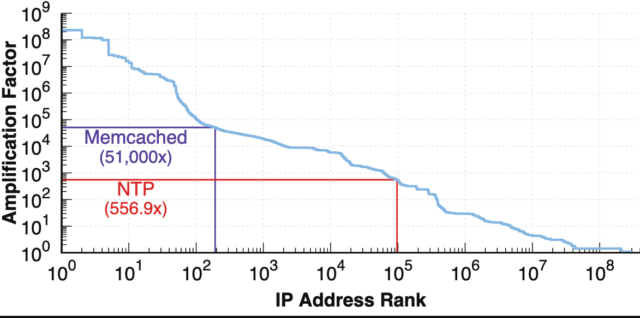Footage of opposition leaders calling for the assassination of Iran’s Supreme Leader ran on several of the nation’s state-run TV channels in late January after a state-sponsored cyber-attack on Iranian state broadcaster IRIB.
The incident – one of a series of politically motivated attacks in Iran that have occurred in the last year – included the use of a wiper that potentially ties it to a previous high-profile attack on Iran’s national transportation networks in July, according to researchers from Check Point Research.
However, though the earlier attacks have been attributed to
Iran state-sponsored actor Indra, researchers believe a copycat actor was behind the IRIB attack based on the malware and tools used in the attack, they said in a
report published Friday.
“Among the tools used in the attack, we identified malware that takes screenshots of the victims’ screens, several custom-made backdoors, and related batch scripts and configuration files used to install and configure the malicious executables,” researchers wrote in the report. “We could not find any evidence that these tools were used previously, or attribute them to a specific threat actor.”
The disruptive attack on IRIB occurred on Jan. 27, with attackers showing a savviness and knowledge of how to infiltrate systems that suggest it may also have been an inside job, researchers said.
The attack managed to bypass security systems and network segmentation, penetrate the broadcaster’s networks, and produce and run the malicious tools that relied on internal knowledge of the broadcasting software used by victims, “all while staying under the radar during the reconnaissance and initial intrusion stages,” they noted.
Indeed, nearly two weeks after the attack happened, new affiliated with opposition party MEK
published a status report of the attack claiming that state-sponsored radio and TV networks still had not returned to normal, and that more than 600 servers, advanced digital production, archiving, and broadcasting of radio and television equipment have been destroyed, according to the report.



















